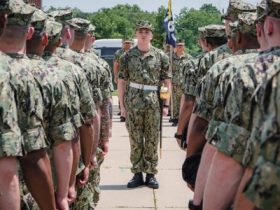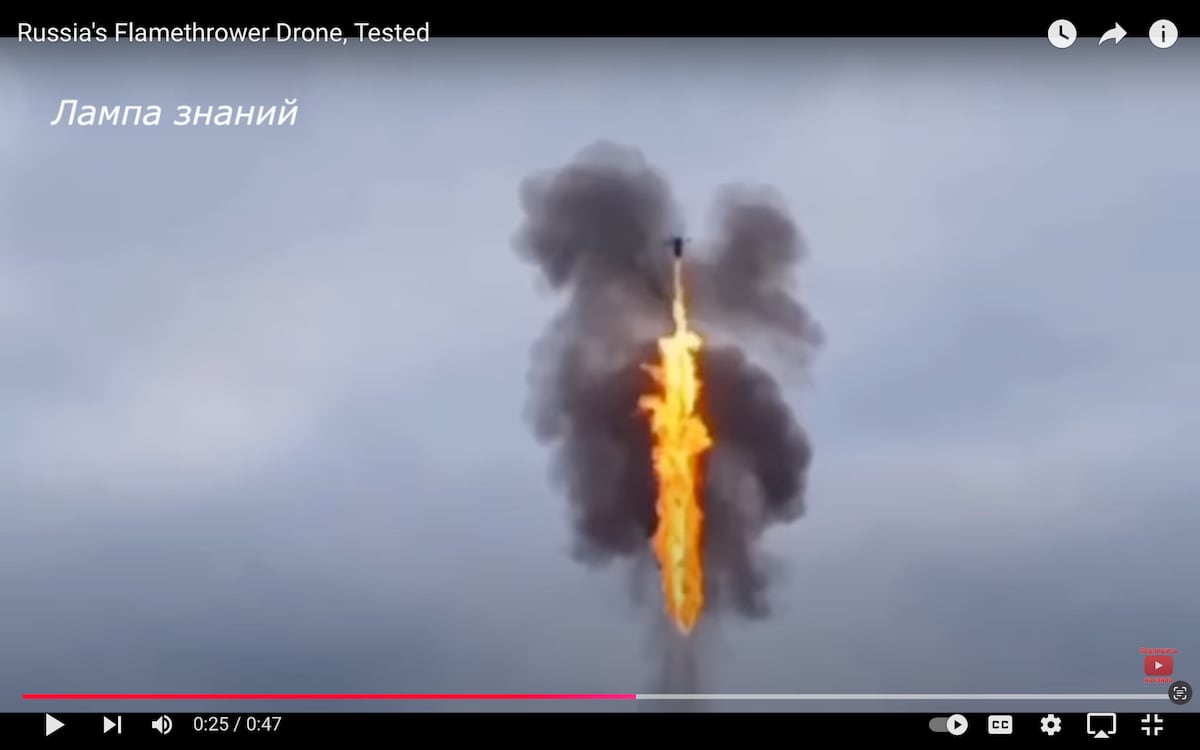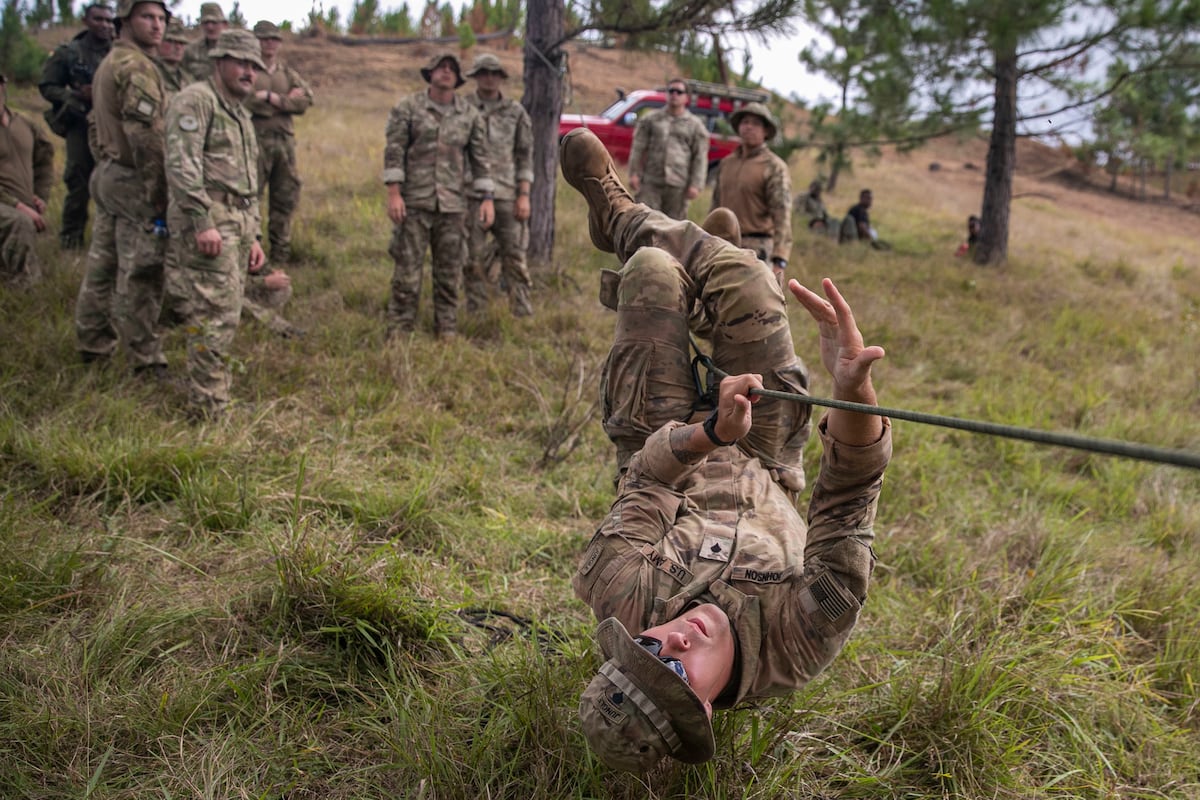The U.S. Army is taking a deep dive into a new institutional training model for aviators as its helicopter fleet evolves into a complex network of manned and unmanned platforms, the service’s former Aviation Center of Excellence commander told Defense News in a recent interview.
“Army aviation is not cheap; it costs a lot of money to train aviators, so from a cost perspective, from a fundamentals of flight perspective and then that all being influenced by bringing in a future aircraft with a tiltrotor, we’re doing a lot of analysis right now on what is the optimal way forward,” Maj. Gen. Mac McCurry, who is now the Army Futures Command chief of staff, said in an interview just prior to the change of command at Fort Novosel, Alabama, last month.
The Army selected Textron Bell’s next-generation tiltrotor design for its Future Long-Range Assault Aircraft, or FLRAA, in December 2022. Earlier this year, the service decided to cancel the development competition of another manned helicopter for attack and reconnaissance missions in favor of using more unmanned aircraft for the role.
“I think that there will be some decisions made within the next year primarily centered on the branch chief down here and having to look at what is the institutional training model before we get into the operational force,” McCurry said.
One consideration is whether the service has the right basic training aircraft. The Army retired its Bell-manufactured TH-67 single-engine training helicopter following a decision to restructure its aviation fleet in late 2013. The service replaced the trainer with roughly 200 dual-engine LUH-72A Lakota light utility helicopters, a move met with some controversy over the aircraft’s operational cost and complexity.
“Nothing has been excluded. Everything is on the table as far as what kind of aircraft does that look like and what does the training look like,” McCurry said.
Additionally, with the improvement of simulation technology, the aviation training curriculum relies more on simulator hours than ever before.
“With the increase in virtual reality, augmented reality, where can we gain efficiencies in training with that kind of thing where you don’t have to be in either an aircraft or full motion simulator? What parts of flight training can really be assisted and optimized using those technologies?” McCurry questioned.
The pressure to get basic aviator skills training right is high as the Army aviation branch continues to experience frequent Class A mishaps, which the service defines as incidents involving the loss of life or loss of equipment totaling more than $2.5 million.
Earlier this month, an AH-64 Apache helicopter crashed during a routine flight training on Fort Novosel, killing the flight instructor and injuring the student. The circumstances of the crash are still under investigation.
In the first half of fiscal 2023, more than a dozen Army aviators died in helicopter crashes, a startling number that prompted an aviation-wide stand-down in April 2023. The Army lifted the stand-down after a thorough review, but five months later, an MH-60 Black Hawk stealth helicopter belonging to the 160th Special Operations Aviation Regiment crashed during a training mission, killing five on board.
The accidents kept coming, with fiscal 2023 logging the highest death rate for Army soldiers since the U.S. withdrew from Iraq in 2011, with a total of 14 dead across 10 Class A mishaps.
In an average year, Army aviation mishaps typically kill six crew members, with the average Class A mishap rate hovering just under one accident per 100,000 flight hours. The current rate as of this spring was 3.22, more than double the highest rate of any fiscal year in more than a decade, according to Army Combat Readiness Center data.
The branch is “constantly keeping our finger on the pulse of accident rates and causal factors,” McCurry said. “We have definitely taken a look over the last two years at specifically formation flying, flying aircraft in close proximity to each other and evaluating those tasks and adding some conditions upon those tasks and then, most recently, focusing on how our aviators respond to changes in tail rotor effectiveness based on environmental conditions.”
Earlier this year, the Army unveiled more training enhancement efforts to get back to the basics that it called an aviation standup.
“Anytime we break the momentum on accidents and focus on fundamentals, it tends to have some effect,” McCurry said.
This is leading the branch to consider encouraging or requiring every aviation unit to dedicate time each year to focus on aviation safety awareness, regardless of their accident rate.
“Do you just do it routinely, once a year to kind of call everybody’s attention to it, rather than waiting for spikes in rates, so we’re, we’re considering that,” McCurry added.
Jen Judson is an award-winning journalist covering land warfare for Defense News. She has also worked for Politico and Inside Defense. She holds a Master of Science degree in journalism from Boston University and a Bachelor of Arts degree from Kenyon College.
Read the full article here








Leave a Reply